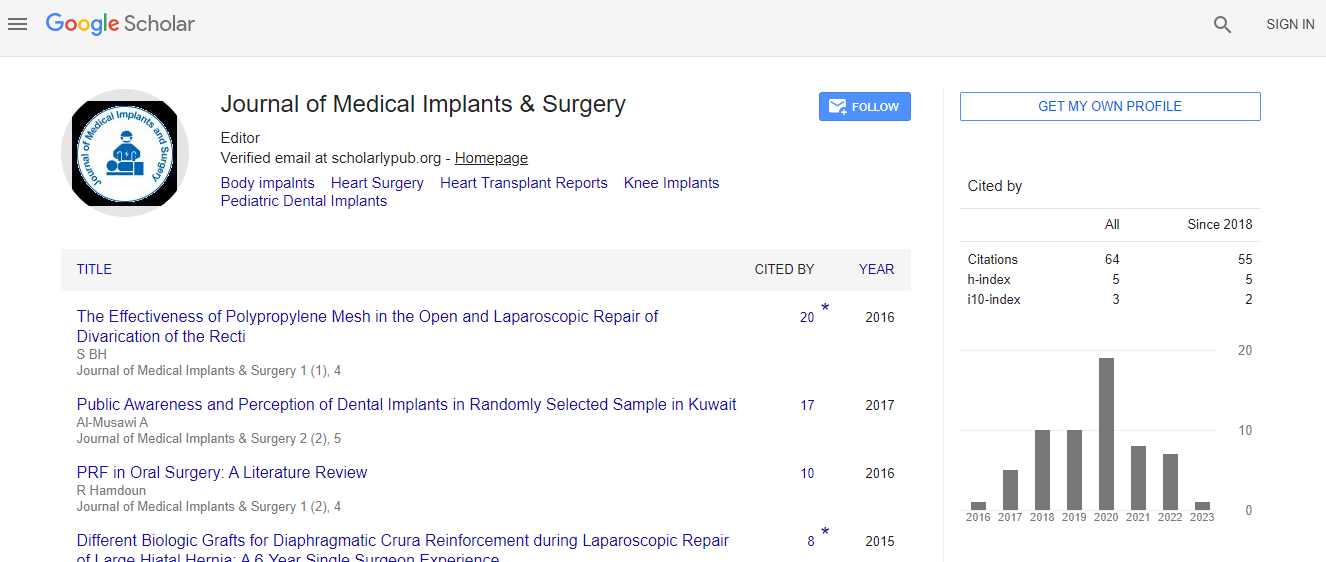A Case report of neurofibromatosis for spine surgery : dilemmas and difficulties
*Corresponding Author:
Copyright: © 2020 . This is an open-access article distributed under the terms of the Creative Commons Attribution License, which permits unrestricted use, distribution, and reproduction in any medium, provided the original author and source are credited.
Abstract
Neurofibromatosis (NF1) is a autosomal dominant disease and can involve numerous organs and organ-systems of our body. Neurofibromas (cutaneous) are the characteristic lesion of NF1 and spinal neurofibromas are also commonly seen in patients with NF1. Frequency of spinal neurofibroma is thoracic, followed by cervical, lumbar and rarely sacral region. Of these spinal neurofibromas, majority are intra-dural extra-medullary, and few are intra-meduallary(1%) in location.
The intra-oral manifestation of disease can give rise to airway obstruction, ventilation and positional problems for securing airway with direct layrngoscopy. The common cardiac manifestation is hypertension in young patient and may be associated with other neoplasms as such pheochromocytoma, carcinoid tumor, GIST. Abnormalities of interest for anaesthetist are short stature, bony abnormalities (scoliosis, kyphosis), cognition disorders, attention and hyper activity disorder. The anaesthetic management of these patients requires assessment of all possible abnormalities and associated disturbances to prevent any peri-operative complication. we report the anaesthetic management of a 35 years female patient with neurofibromatosis type1, scheduled for resection of a tumor (intra-dural extra-medullary neurofibroma ) located in spine, a prominent neurofibroma at lumbar (L5- S1), Case report: A 35years-old female, weighing 48 kgs, a known case of Neurofibromatosis type-1. She presented with lower back ache and pain in both lower limbs with radiation of pain more on right side than left. She also complained of difficulty in walking and numbness in lower limbs. These symptoms were progressively increasing. She did not have any surgery in the past. On examination, she was poorly built with multiple, cutaneous nodular neurofibromas present all over her body since childhood. On Systemic examination no abnormality was revealed. She was diagnosed as a case of intra-dural extra-medullary neurofibroma at lumbar region (L5- S1) and posted for excision in prone position.

